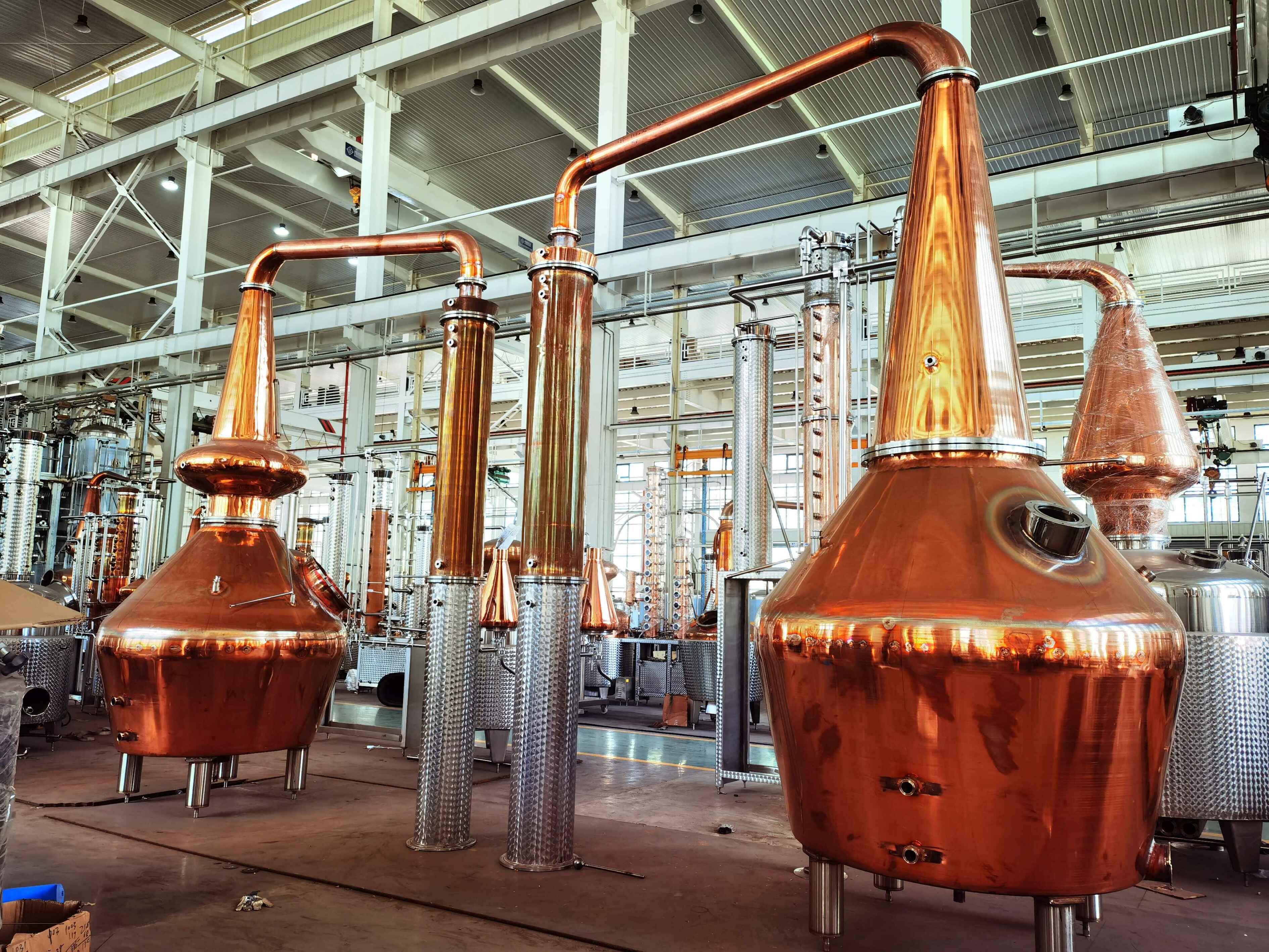Japanese whiskey has a relatively short but fascinating history, spanning back to the early 20th century.
In 1923, a young Japanese chemist named Masataka Taketsuru traveled to Scotland to study the art of whiskey-making. There, he learned the techniques and traditions of Scottish whiskey, and upon his return to Japan, he was determined to create a similar product.
In 1924, Taketsuru joined forces with the Kotobukiya company (now known as Suntory) and established the country’s first whiskey distillery, Yamazaki, in the city of Kyoto. He utilized his knowledge of Scottish whiskey-making and combined it with Japanese techniques, including the use of local ingredients such as Japanese oak casks.
In 1934, Taketsuru left Yamazaki to create his own distillery, which would eventually become known as Nikka Whiskey. He opened two separate distilleries in Hokkaido, one in Yoichi and another in Miyagikyo, each producing unique styles of whiskey.
Following World War II, Japanese whiskey gained popularity both domestically and internationally, winning awards at international competitions and becoming highly sought after by whiskey connoisseurs.
How Japanese Whiskey Is Made:
Japanese whiskey is made using similar processes to Scotch whiskey, but with some unique twists and variations that give it a distinct flavor and character. Here’s a general overview of the steps involved in making Japanese whiskey:
Malt the barley: The first step in making whiskey is to malt the barley. This involves soaking the barley in water to begin the germination process, then drying it out to stop the germination and develop the characteristic malted flavor.
Mash the barley: The malted barley is then ground into coarse flour and mixed with hot water to create a mash. This mash is left to ferment, allowing yeast to convert the sugars in the barley into alcohol.
Distill the whiskey: Once the mash has fermented, it is distilled in a Copper pot still or column still to create a clear, high-proof spirit. High-quality Copper stills are one of the reasons why Japanese whiskey is so smooth.
Age the whiskey: The new spirit is then aged in oak casks, typically for several years. Japanese whiskey distillers often use a combination of new and used barrels, as well as barrels made from both Japanese and foreign oak, to create a unique flavor profile.
Blend the whiskey: Finally, the whiskey is blended together to create a consistent flavor and aroma across each batch. Many Japanese whiskey distillers are known for their expert blending skills, which can result in incredibly complex and nuanced flavors.
It’s worth noting that each distillery may have its own specific processes and techniques, and there is no one “correct” way to make Japanese whiskey. However, the above steps give a general idea of how this popular spirit is created.
Why Japanese Whiskey Is Known For Its Smoothness:
There are several factors that contribute to the smoothness of Japanese whiskey:
- High-Quality Water: Japan is known for its high-quality, soft water, which is crucial in the whiskey-making process. Soft water has a lower mineral content, which can help to create a smoother and more delicate flavor in the whiskey.
- Japanese Oak Barrels: Japanese whiskey distillers often use oak barrels made from native Japanese forests. These barrels are typically made from Mizunara oak, a type of oak that is unique to Japan and known for its porousness and fragrant aroma. The porousness of Mizunara oak allows the whiskey to interact more with the wood, giving it a smoother flavor.
- Attention to Detail: Japanese whiskey makers are known for their meticulous attention to detail, from the selection of ingredients to the distillation and aging processes. This attention to detail can result in a more refined and balanced flavor profile in the finished whiskey.
- Blending Techniques: Japanese whiskey makers are also known for their expert blending techniques, which can result in a smoother and more harmonious flavor. They may use a combination of different types of whiskey, aged for different lengths of time in different types of barrels, to create a complex and nuanced flavor profile.
- Use of Copper Pot Stills: Distilling whiskey in copper stills is a traditional and widely used method that is known for producing smooth and flavorful whiskey. Copper is an excellent conductor of heat and also reacts with the alcohol and other compounds in the whiskey, which helps to remove impurities and create a smoother flavor.
When the fermented mash is heated in the still, the alcohol vaporizes and rises up through the copper column, where it is cooled and condensed back into a liquid. The copper acts as a catalyst, helping to remove sulfur compounds and other impurities that can contribute to harsh flavors and aromas. The copper also reacts with certain compounds in the whiskey, such as acetaldehyde, which can create fruity and floral aromas. In addition, copper is a relatively soft metal, which means that it can be shaped and hammered to create a smooth and uniform surface. This is important because any imperfections or rough surfaces inside the still can create turbulence and uneven heating, which can negatively affect the flavor and quality of the whiskey. Finally, copper is also a porous metal, which means that it allows small amounts of oxygen to interact with the whiskey during the distillation process. This can help to soften the flavors and create a more mellow and smooth whiskey.
Overall, the use of copper stills in whiskey distillation can help to create a smoother and more flavorful whiskey by removing impurities, shaping the surface for optimal heating, and allowing small amounts of oxygen to interact with the whiskey.
Today, Japanese whiskey is known for its smoothness, complexity, and unique flavor profile, with distilleries producing a range of styles, from light and delicate to rich and full-bodied. It has become a highly respected and sought-after spirit, with prices for rare and aged bottles fetching high prices at auction.

